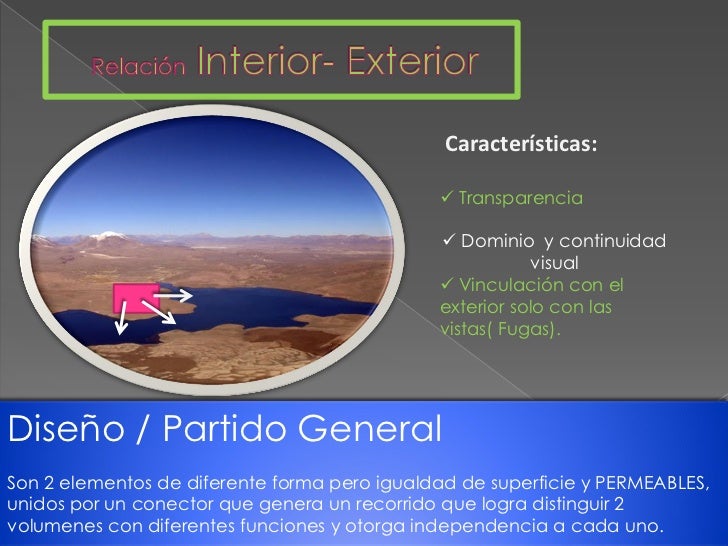Jun 13, 2018 - Download Kamus Mahmud Yunus Pdf there. You Can Have Up-to 3 Separate Accounts To Register Or Making Calls. Apply The Change By. Libro De Calculo 1 Victor Chungara En Pdf, Libro De Chungara Calculo 1 En Word, Calculo Chungara Libro Pdf Descarga Gratis, Descargar Libro De. Apolo is accredited by the American Petroleum Institute.
Calculo 2 Chungara
Barbados Postal Codes. February 4, 2014 by admin. A postal code (known in various countries as a post code, postcode, or ZIP code ). Barbados Postal Codes St. Barbados Postal Codes St. Barbados real estate. Real estate sales; Long term rentals. Barbados Property List. Postcode ZIP code Saint Michael, Barbados (Brandons streets) - GeoPostcodes Postal code - ZIP codes. Download zipcodes listing by countries. Buy postcodes of the world. The following table is a partial list of postal codes in Barbados. District Parish Postal Code Hastings Christ Church. MICHAEL BB14004 BARCLAYS TERRACE ST. Postal codes databse of Saint Michael, Barbados. Kumkum bhagya last episode. Select a locality from the list.

System Requirements Operating Systems: Windows XP Home Edition (SP3 or later), Windows XP Professional (32-bit)(SP3 or later), Windows Vista® (32-bit), Windows 7 (32-bit/64-bit), Windows 8 (32-bit/64-bit) Your hardware configuration needs higher than functionalities that operating system recommends. Computer: Computer with one of the Windows operating systems pre-installed (Excluding computers with an upgraded operating system and self-built computers.) Disk Space: 300MB for installation and uninstall Note: Actual requirements and product functionality may vary based on your systemconfiguration and operating system. Other: Video adapter and display must support resolution of XGA (1024×768) or higher, 16 bit or higher system color. CD-ROM drive. Adobe® Reader® 6.0 or later.
Cгўlculo 2 chungara pdf. Educational Resources • • • Software License • • • • • Support Download Resources OS Update, Add-in, Support Software and others can be downloaded. • • • • • • • Where to buy • • • •.

Buy the Casio Mens G-9100-1dr G-shock Gulfman Moon Tide Graph Digital Watch online from Takealot. Many ways to pay. Free Delivery Available. Eligible for Cash on Delivery. Beckman function generator fg2 manual treadmill manual. Dashboard confessional dusk and summer deluxe edition rar. BALMUDA (バルミューダ) 子どもたちの目を守る光 BALMUDA The Light 10月26日の発売に先駆け、お子さんのいらっしゃる家庭を対象に、2週間モニターキャンペーンを実施します!.